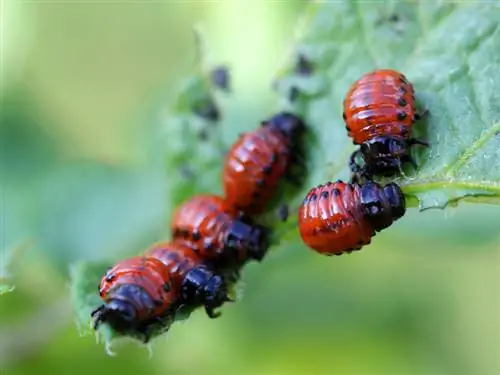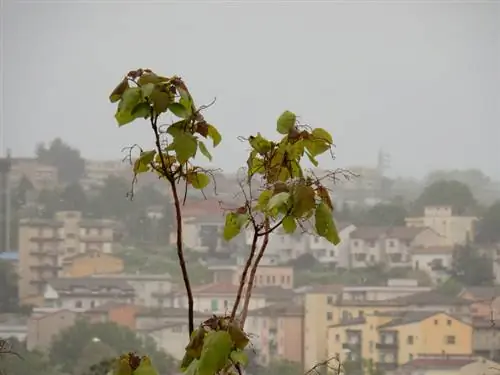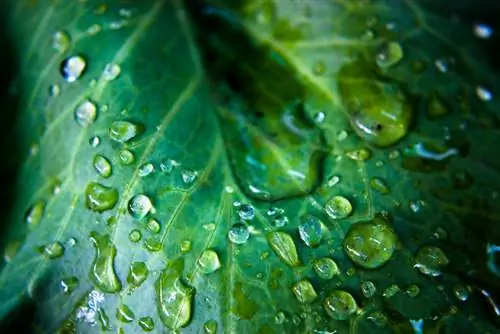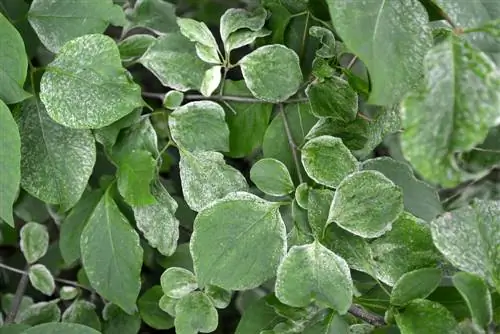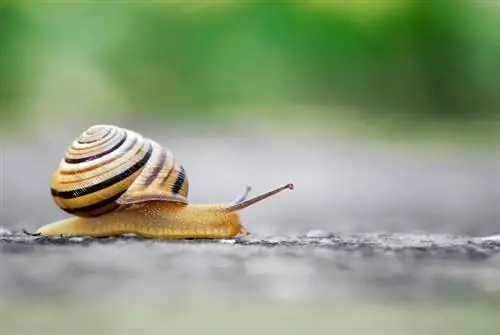- Author admin [email protected].
- Public 2024-02-02 01:04.
- Last modified 2025-01-23 11:19.
Blight, scab and Colorado potato beetles threaten the potato crop. They attack plants and tubers, inhibit growth and, in the worst case, lead to crop failure. Once the illnesses are identified, remedies can be found in many cases.
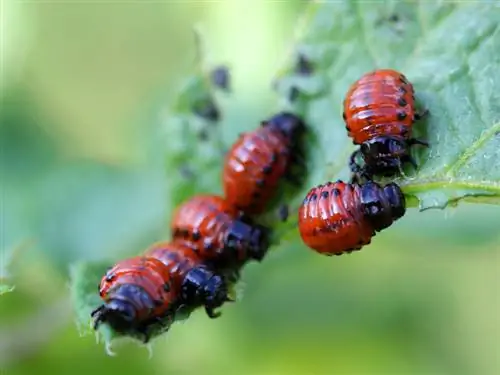
What diseases threaten potatoes and how can they be combated?
Potato diseases such as late blight, scab, blackleg and Colorado potato beetle infestation can stunt growth and affect the harvest. Countermeasures include crop rotation, adequate irrigation, removal of infected plant parts and chemical or biological control agents.
Potato beetle
You can recognize the Colorado potato beetle by its brown and white striped shell. Beetles and larvae eat their way through the foliage, damaging the plant's metabolism until the tubers stop growing.
Potato beetles overwinter in the ground. If they appear in large numbers, entire potato beds can be eaten empty within a few days, which can lead to total crop failure.
Remedy:
- collect and destroy every single beetle
-
Spraying with biological and chemical agents is most effective in the larval stage, Consult a specialist
late blight
Rolled leaves and brown spots starting from the edges of the leaves indicate late blight. Behind this is a fungal disease that destroys the herb and inhibits tuber growth.
The fungus can also spread to the tubers via the stem and falling spores, which leads to tuber rot. The tubers become mushy, brown and inedible.
Remedy:
- Do not grow potatoes on the same bed every year to avoid infection from infected tubersfrom the previous year
- Pull out the herbs and stems and let the tubers ripen for another 2 to 3 weeks
- sort out infected tubers
- do not use seed potatoes from this crop
Potato scab
If there are dark, scab-like spots on the potatoes, the tubers are affected by potato scab, a fungal disease. The affected areas sometimes extend into the interior of the potato. Infected tubers cannot be stored for long.
Prevention:
- Ensure sufficient moisture in dry, sandy soils
- do not lime
Blackness
Blackleg is caused by bacteria and often appears in damp, cold weather. From the base, the black-brown rot spreads across the stem. Black leg disease cannot be controlled.
Wireworms, cutworms, grubs and snails
- The plants cope well with feeding spots on leaves and stems
- If the tubers are infested with pests, they may no longer be consumed
- infected tubers are also susceptible to diseases
Tips & Tricks
To prevent infection, affected potato plants are disposed of immediately and the rest after harvest. Disposal takes place via organic waste or, where permitted, by burning garden waste. Under no circumstances should potato leaves be put in the compost!

